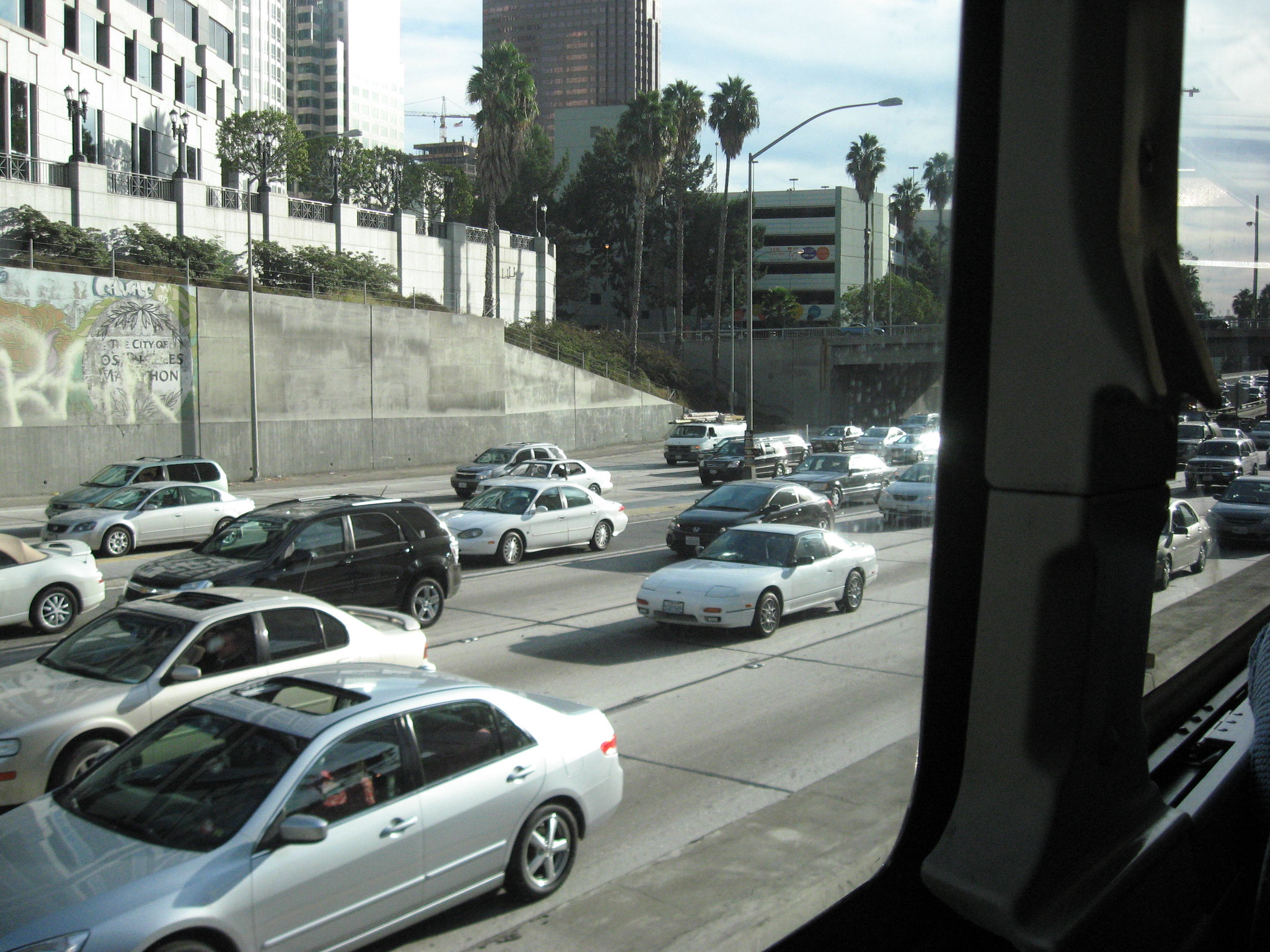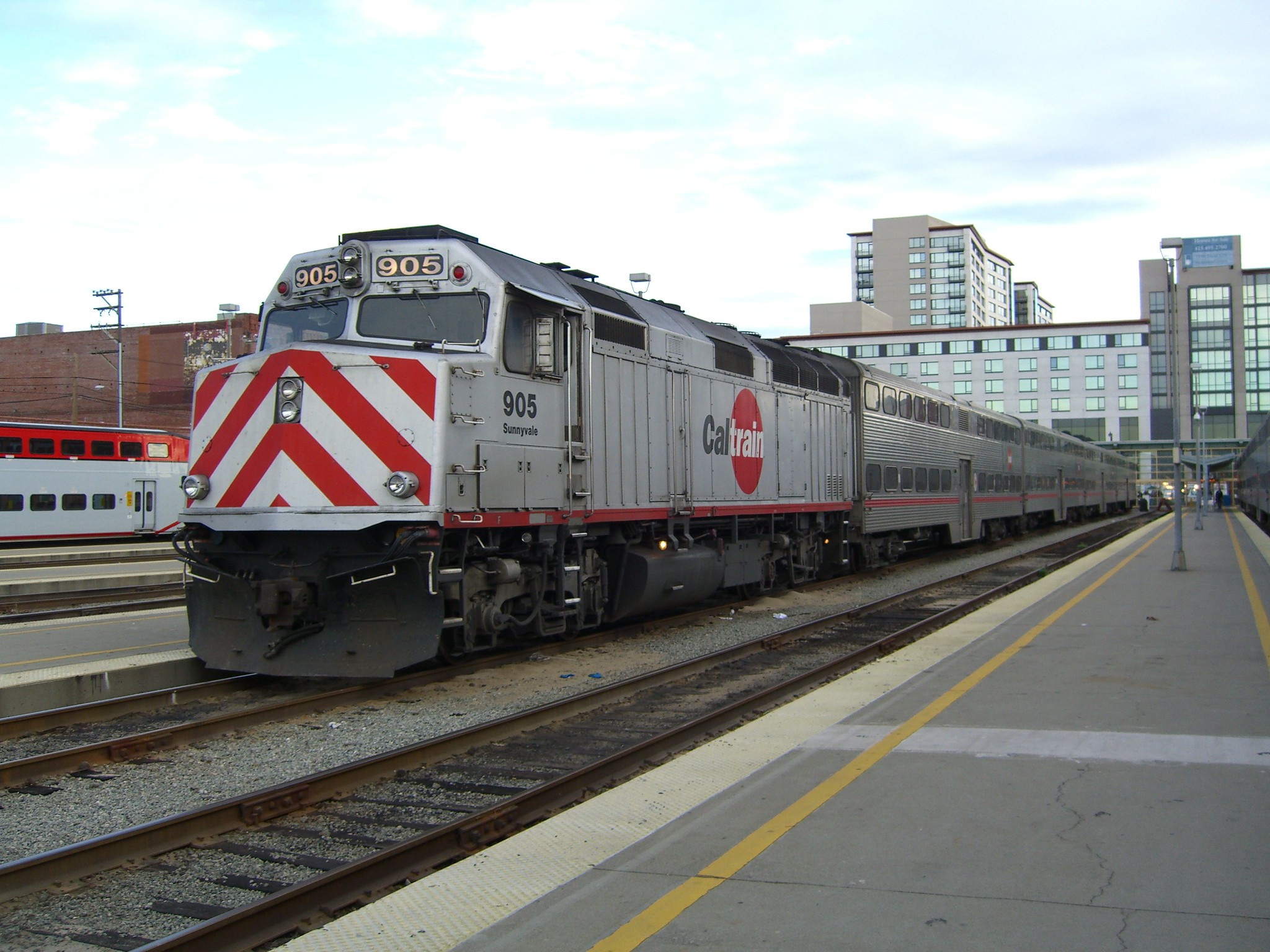Getting to an airport to catch a flight on time is stressful enough, but cities are introducing incentives for flyers to ditch cars and taxis and take public transit to get there.
Riders using San Francisco's Bay Area Rapid Transit may be able to bypass long security lines at the airport and jump the queue at the TSA checkpoint under a new proposal by BART.
The transit agency is working with San Francisco Airport, the San Francisco County Transportation Authority, and SamTrans to give Clipper Card users access to an express lane through security (though TSA has not signed off yet, a spokeswoman said). BART already offers a 25-percent discount on airport riders for those purchasing tickets through the agency's mobile app.
Transit officials hope new incentives will raise some revenue and stem the loss of passengers after the third straight year of ridership declines. Nearly 13,000 passengers take BART to the airport on weekdays, but many Northern Californians increasingly prefer to use ride hail services or drive themselves to airport terminals.
The lure of avoiding security lines isn't confined to the West Coast. Last month, the Massachusetts Port Authority launched a program allowing ferry and water taxi riders to receive a "Ticket to Skip" giving them access to cut to the front of the security lines at Logan Airport. Massport has slashed fares for its Logan Express bus from $7.50 to $3 and allowed passengers picked up at the Massachusetts Bay Transportation Authority's Back Bay Station to skip security lines since May. The shuttle's ridership more than doubled to 98,000 from 45,000 over the same four-month period a year ago.
Airports that aren't near waterways are trying other means. Los Angeles International Airport officials sought to plunge the number jammed in the airport's horseshoe-shaped road — and clear a path for buses to pick up and drop off passengers at terminals — by ending curbside pickups from ride hail companies. Flyers can hop on a shuttle running every five minutes to a designated area outside Terminal 1 where Ubers, Lyfts, and taxis will be waiting.
Uber is already warning about long wait times and traffic jams for passengers leaving the airport. Some 50,000 to 60,000 Uber and Lyft drivers work at LAX and moving them to another location has the potential to be complicated, but San Francisco International Airport and Seattle-Tacoma International Airport shifted curbside pickups to nearby parking garages while Austin-Bergstrom International Airport moved its pickups to a rental car facility and managed to keep cues moving smoothly.
Then again, few airports have dared implement the pricing plan Heathrow Airport is unrolling in the United Kingdom in the next three years to coax drivers to use mass transit. By 2022, Heathrow wants to charge passenger cars, motorcycles, and private hire vehicles a congestion fee between $12 and $20 to access terminals, raising $1.5 billion per year. Those who arrive in older, polluting vehicles will have to pay a higher rate.
A congestion pricing principle near an airport is a sound one because of the number of vehicles passing through a hub is similar to that of a downtown neighborhood, transit advocates say.
"The need to prioritize transit at these locations is why you need to prioritize transit in a dense downtown," TransitCenter spokesman Ben Fried told Streetsblog. "There’s a lot of transit demands to get to airports and things break down if everyone is trying to do the trip in a car."





